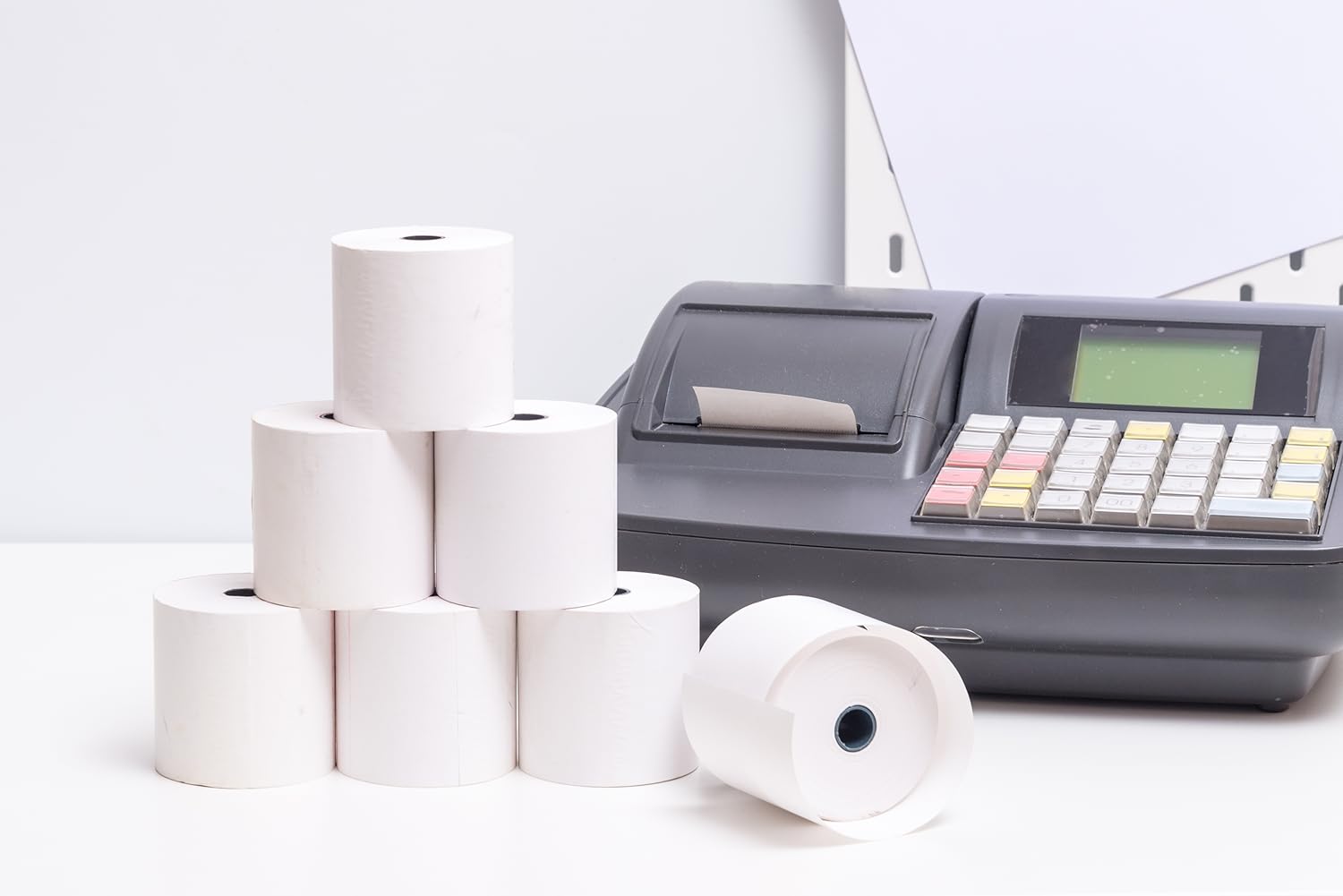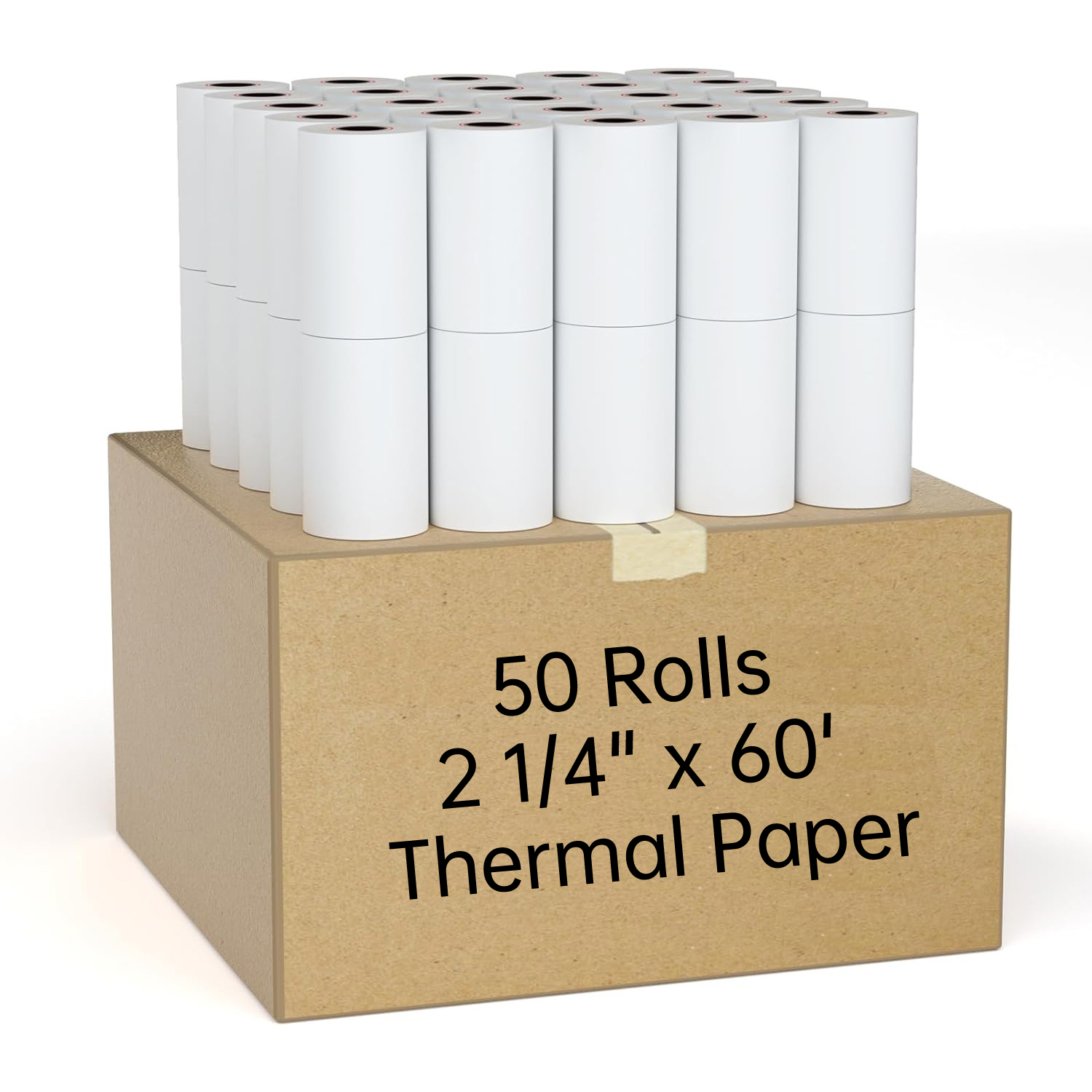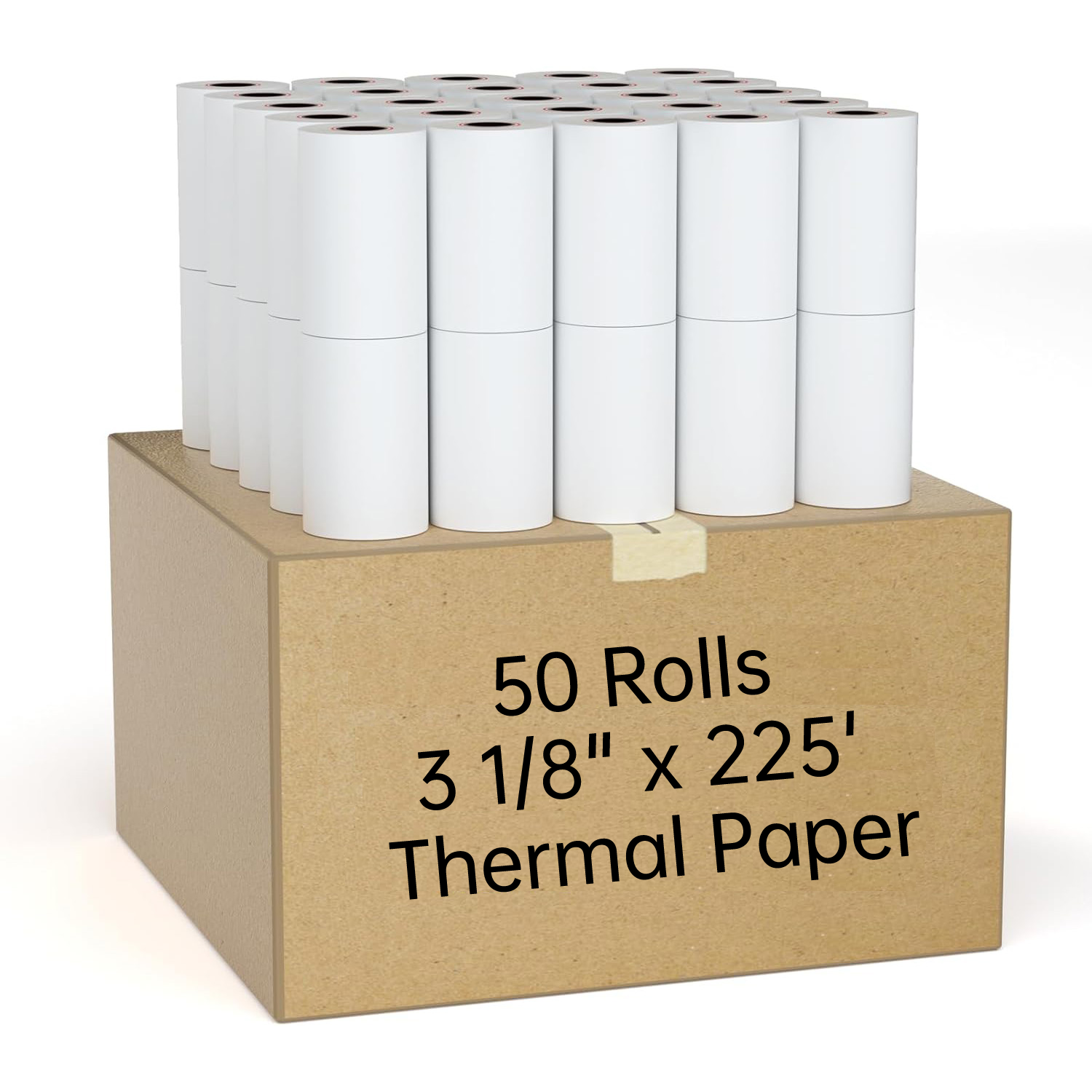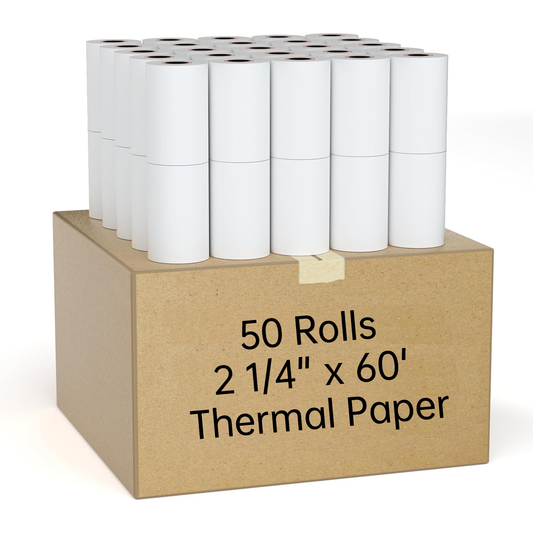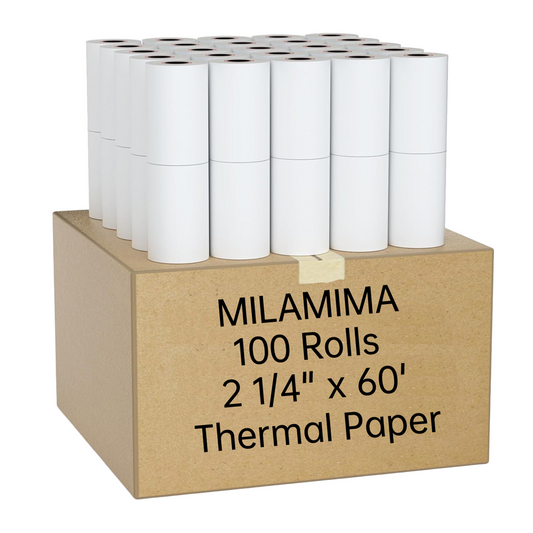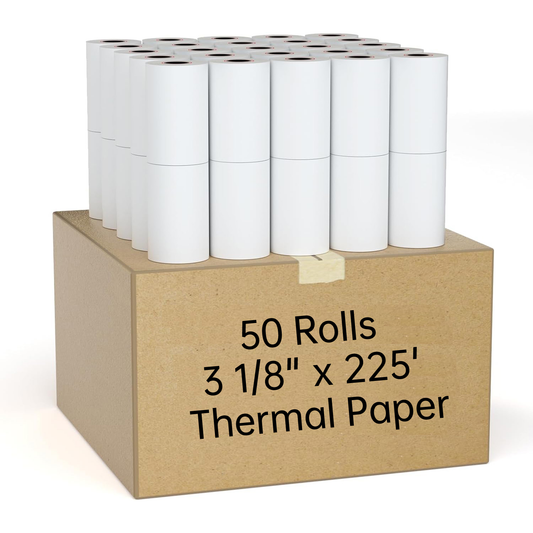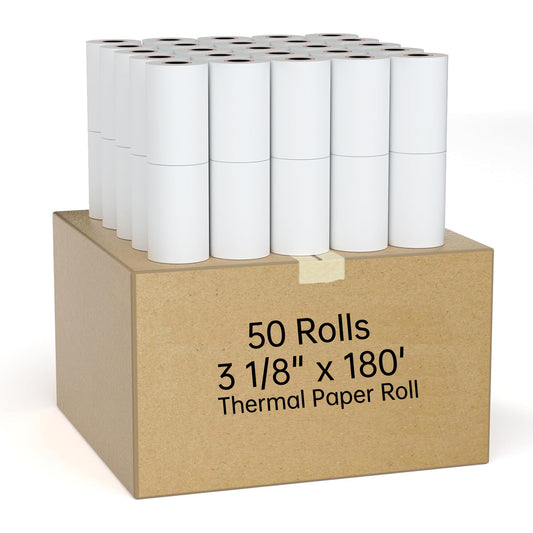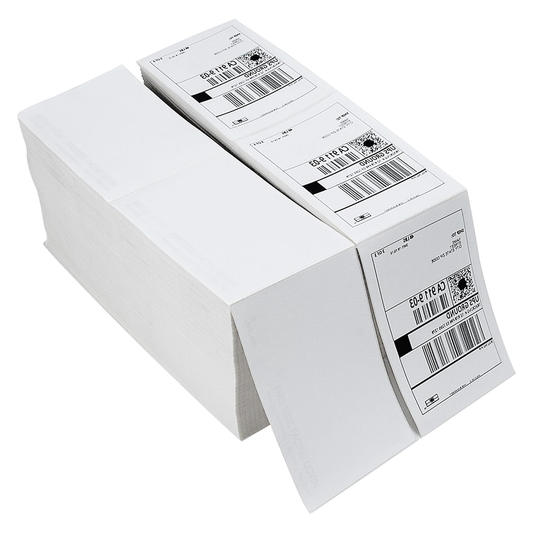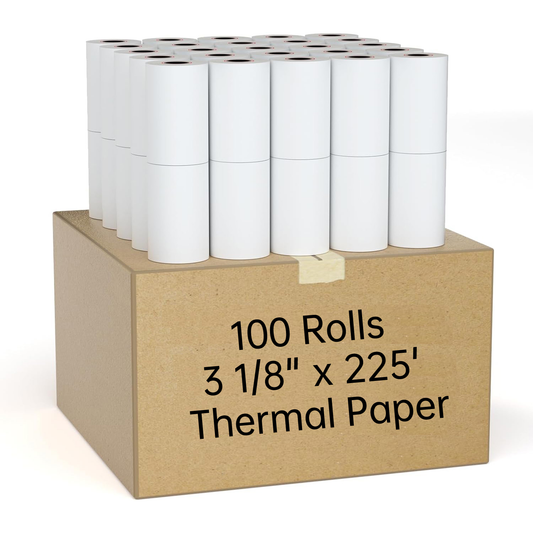As temperatures rise, the demand for portable and battery-powered fans increases. These fans are a lifesaver, providing much-needed relief from the heat in a variety of settings—from outdoor events to indoor activities where traditional fans might not be practical. One of the most frequently asked questions about these devices is, "How long does a battery-powered fan last?" The answer depends on several factors, including the type of fan, the battery capacity, and how the fan is used. Let's delve into these aspects to give you a clear understanding.
1. Understanding Battery Capacity
Battery capacity, measured in milliampere-hours (mAh), is a crucial determinant of how long a fan will run on a single charge. The higher the mAh rating, the longer the battery can power the fan. For instance, a fan with a 2000mAh battery might run for about 2-6 hours, depending on the speed setting and power consumption. Conversely, a fan equipped with a 5000mAh battery can offer significantly longer usage times, ranging from 5 to 20 hours.
2. Types of Battery-Powered Fans
Battery-powered fans come in various types and sizes, each designed for specific needs:
- Clip-On Fans: These are compact and often used in strollers, desks, or cribs. They usually have smaller batteries, typically around 2000mAh to 3000mAh, which can last from 3 to 8 hours.
- Handheld Fans: Perfect for personal use on the go, these fans have similar battery capacities to clip-on fans but might have slightly lower runtimes due to their size and power output.
- Desk Fans: Larger and more powerful, these fans might have batteries ranging from 4000mAh to 10000mAh, providing extended usage times of up to 20 hours on lower settings.
- Outdoor/Heavy-Duty Fans: Designed for extensive use, these fans often come with replaceable or larger batteries (even up to 20000mAh), offering impressive runtimes exceeding 24 hours at low speeds.
3. Speed Settings and Their Impact
Most battery-powered fans come with multiple speed settings, typically low, medium, and high. The fan's speed setting directly affects its power consumption and, consequently, its battery life:
- Low Speed: Running the fan on the lowest setting maximizes battery life, potentially allowing the fan to operate for the longest duration.
- Medium Speed: This setting offers a balance between airflow and battery longevity.
- High Speed: While providing the most cooling power, this setting drains the battery the fastest. For instance, a fan that lasts 20 hours on low might only run for 5-7 hours on high.
4. Battery Type and Quality
The type of battery (Li-ion, NiMH, etc.) and its quality also play pivotal roles in determining the fan's runtime. Lithium-ion batteries, commonly used in modern portable fans, are known for their high energy density and long life. Additionally, the quality of the battery influences its efficiency and how well it holds a charge over time.
5. Additional Features
Some advanced battery-powered fans come with features like USB charging, which allows for recharging via power banks or laptops, and replaceable batteries, which can extend the fan's usage indefinitely as long as you have spare charged batteries.
6. Real-World Examples
To put this into perspective, let’s look at some real-world examples:
- SkyGenius F130 Portable Clip-On Fan: This fan, with a 2600mAh battery, typically lasts between 3 to 6 hours on a single charge, depending on the speed setting.
- O2COOL Treva 10-Inch Fan: This fan can run on six D-cell batteries or be plugged in. On batteries, it lasts approximately 40 hours on low speed and 24 hours on high speed.
- Geek Aire Rechargeable Outdoor Floor Fan: Featuring a robust 15600mAh battery, it can run up to 24 hours on low speed and around 4-6 hours on high speed.
7. Optimizing Battery Life
To optimize the battery life of your fan:
- Use Lower Settings When Possible: Reserve the highest setting for the hottest parts of the day.
- Recharge Regularly: Keep the battery charged to prevent deep discharge, which can reduce battery lifespan.
- Store Properly: When not in use, store the fan and its battery in a cool, dry place to avoid damage from heat or moisture.
Conclusion
The longevity of a battery-powered fan depends on several factors, including battery capacity, usage settings, and fan type. By understanding these elements and choosing a fan that meets your specific needs, you can ensure you stay cool and comfortable wherever you are. Whether you need a fan for a few hours or an entire day, there’s a battery-powered option out there to suit your requirements.

